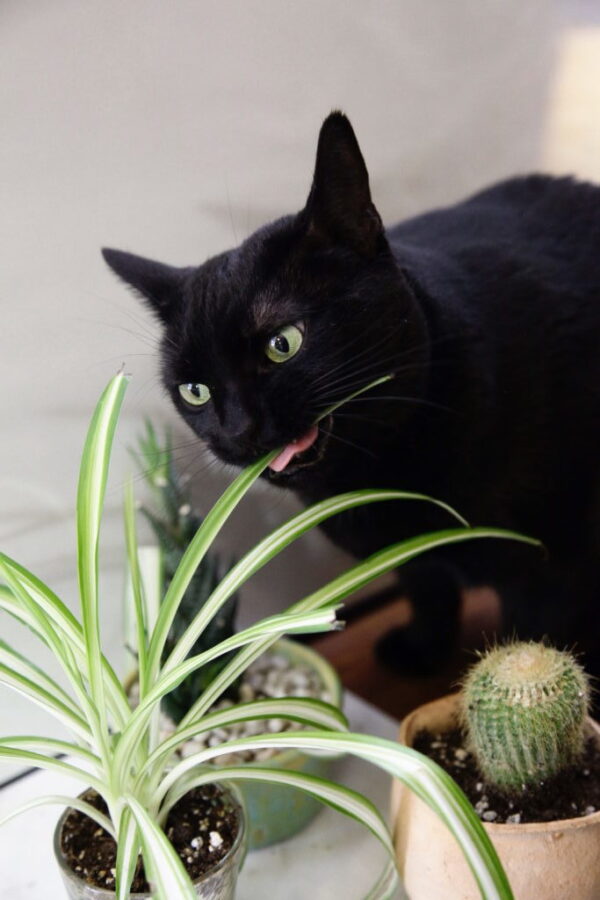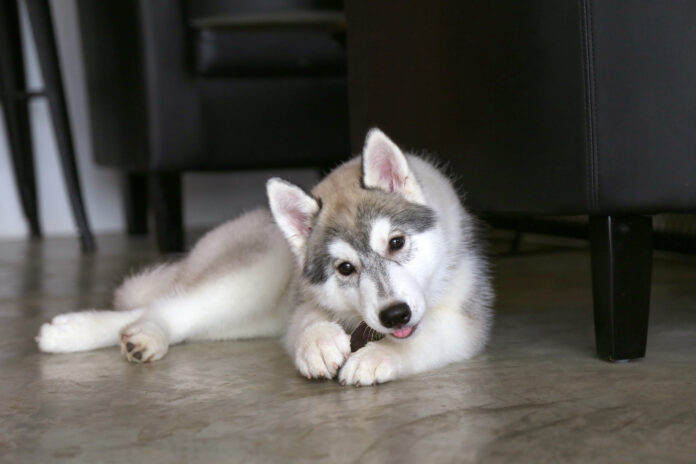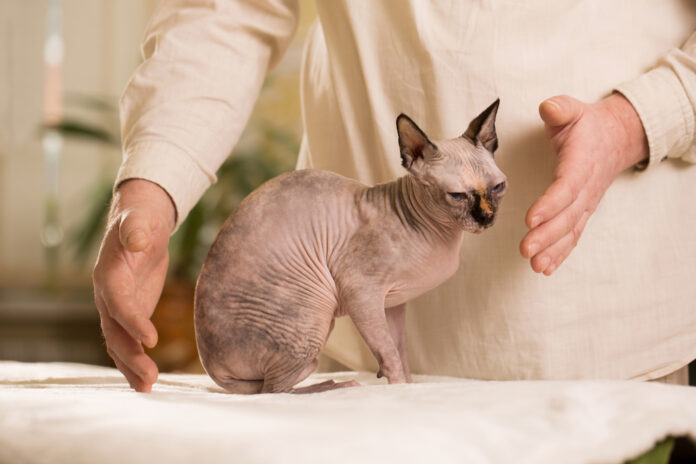Your Comprehensive Guide to Toxic and Non-Toxic Plants for Dogs and Cats

Plants can bring a home to life, but they can also pose a danger to dogs and cats who may view them as a snack. This article will help you identify common toxic and non-toxic houseplants.
Pet-proofing your home is a must when you’re a pet parent. Dogs and cats are curious creatures who love to explore their environments, even if there’s danger lurking. It’s up to pet parents to identify one of the most common and most-overlooked pet dangers: houseplants. Let’s look more closely at some toxic and non-toxic plants and how you can keep your dogs and cats safe.
Toxic and Non-Toxic Plants Can Both Be a Problem
Non-toxic plants won’t harm an animal if ingested and are safe for them to investigate. However, too much of anything can be harmful, including non-toxic plants. Always monitor your dog or cat and the plant. For any plants that repeatedly get nibbled, relocate them to a higher location out of reach.
A toxic plant produces adverse effects if consumed by animals in any amount. If a dog or cat eats a piece of a toxic plant, seek veterinary care. Move small toxic plants out of reach or eliminate them entirely. For larger plants, make sure your dog or cat doesn’t:
- Eat any part of the plant
- Dig in the soil
- Use the plant pot as a litter box
With toxic plants, not only are the leaves toxic, but also the stem and roots, so urge dogs and cats to hide their favorite toys elsewhere.
Whether picking out a new houseplant or identifying those in your home, read its care tag. Keep this information in a notebook/folder or note app in case you or your vet need it in the future.
Toxic and Non-Toxic Plant Guide
Pet-Safe Plants
- Spider Plant
- Calathea and Maranta
- Palms (Areca, Parlour, Majesty Palms)
- Fern varieties
- Pilea varieties
- Gerbera Daisy
- Echeveria
- Hoya varieties
- African Violet
- Cast Iron plant
- Peperomia varieties
- Christmas and Easter Cactus
- Dischidia
- Phalaenopsis Orchids
- Fittonia Bromeliads
- Tillandsia
Toxic Plants to Dogs and Cats
- Dracaena (includes Lucky Bamboo Corn Plant Ribbon Plant)
- Ficus benjamina
- Ficus lyrata
- Dieffenbachia and Dumbcane
- Cyclamen
- Begonia varieties
- Ivy
- Arrowhead Vine
- Laurel Lily
- Anthurium Spathiphyllum
- Schefflera
- Snake plant varieties
- Angel’s Trumpet
- Monstera varieties
- Aglaonema varieties
- Philodendron varieties
- All types of Lilies (very deadly to cats!)
- Holiday plants such as Poinsettia
- Holly Amaryllis
- Peace Lilies
Share this information too – the more pet parents know about the potential dangers of house plants, the safer we can keep our dogs and cats!
AUTHOR PROFILE

Anastasia Zygarowicz
Anastasia Zygarowicz is the creator of Leaf and Paw, a blog about pets and plants and mother to three matching cats.



